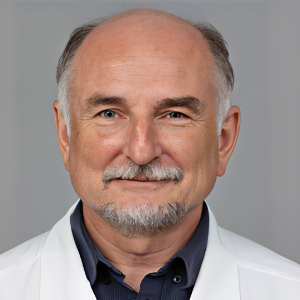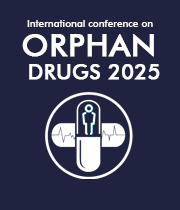Transforming care for rare diseases
Rare diseases are diseases with a very low prevalence rate. However, in different nations, the term "low prevalence" is defined differently. Furthermore, in many countries, the term "rare disease" is defined by the total number of patients rather than the actual prevalence of the disease (i.e., proportion of the population being affected). Patients with rare diseases confront particular problems, beginning with prolonged diagnostic delays due to the fact that many health care practitioners have limited experience identifying rare diseases and may overlook the early symptoms. Once a diagnosis has been made, the following step is to find a qualified medical professional who can treat the ailment. Furthermore, there is frequently no cure available. Finding enough information on the disease, its likely progression, viable treatments, ongoing clinical trials, and so on is another big issue for caregivers. A greater understanding of the entire management of patients with rare diseases who are treated solely outside of primary care might benefit their care.
- Epidemiological Prevalence
- Economic Cost of The Disease
- Health Technology Assessment

Sergey Suchkov
The Russian University of Medicine & Russian Academy of Natural Sciences, Russian Federation
Vladlen Slepak
University of Miami, United States
Harsha Rajasimha
Jeeva Clinical Trials, Inc, United States
Vladlen Slepak
University of Miami, United States
Harsha Rajasimha
Jeeva Clinical Trials, Inc, United States
Sergey Suchkov
The Russian University of Medicine & Russian Academy of Natural Sciences, Russian Federation


Title : Emerging solutions for inclusive orphan drug clinical trials management
Harsha Rajasimha, Jeeva Clinical Trials, Inc, United States
Title : Ectopically expressed olfactory receptors as an untapped family of drug targets. Discovery of agonists and antagonists of OR51E1, an understudied G protein-coupled receptor
Vladlen Slepak, University of Miami, United States
Title : Personalized and Precision Medicine (PPM) as a unique healthcare model to secure the human healthcare and biosafety among childhood
Sergey Suchkov, The Russian University of Medicine & Russian Academy of Natural Sciences, Russian Federation
Title : Orphan and rare disease emerging as a global public health priority through the view of personalized and precision medicine: How to use the latter to revolutionize pediatric services
Sergey Suchkov, The Russian University of Medicine & Russian Academy of Natural Sciences, Russian Federation
Title : Personalized and Precision Medicine (PPM) though the view of reproductive healthcare, pediatric services and natural family planning: an option for clinicians and caregivers realize the potential of genomics-informed care to secure the individualized human biosafety
Sergey Suchkov, The Russian University of Medicine & Russian Academy of Natural Sciences, Russian Federation
Title : Democratizing ASO drug discovery at La Jolla Labs
Melissa Keenan, La Jolla Labs, United States